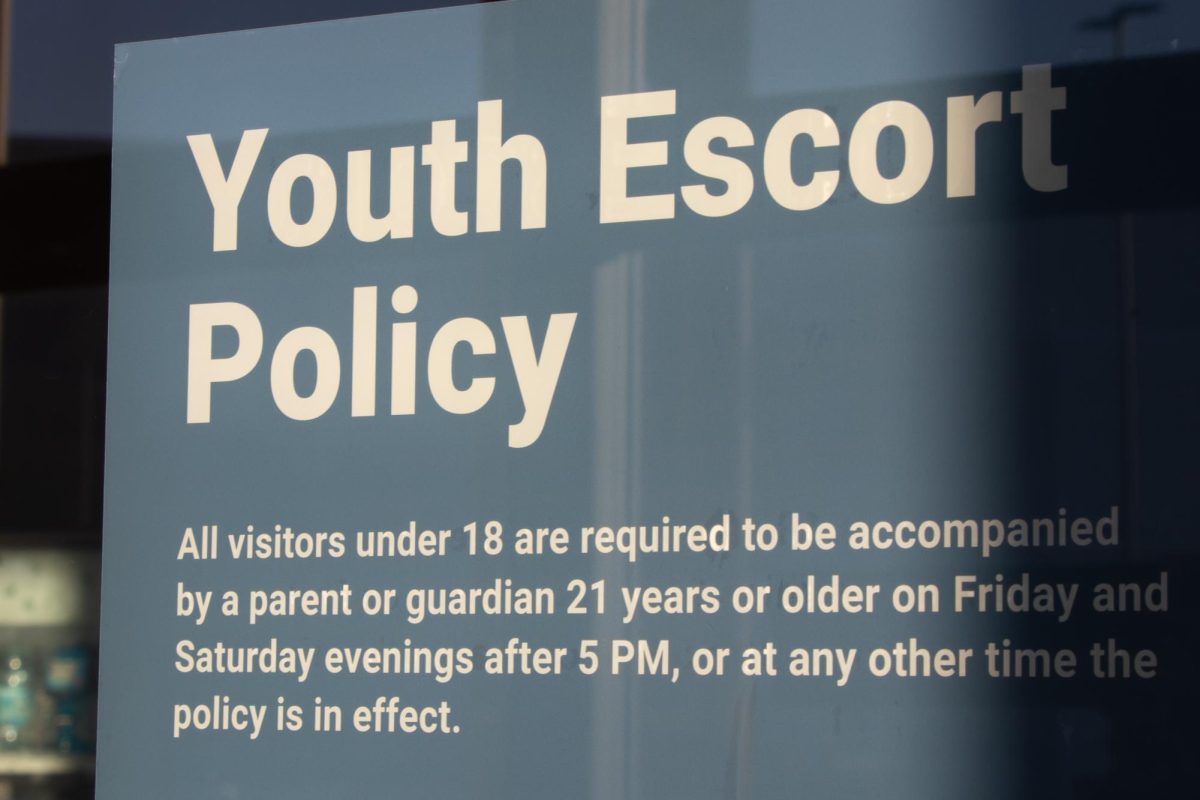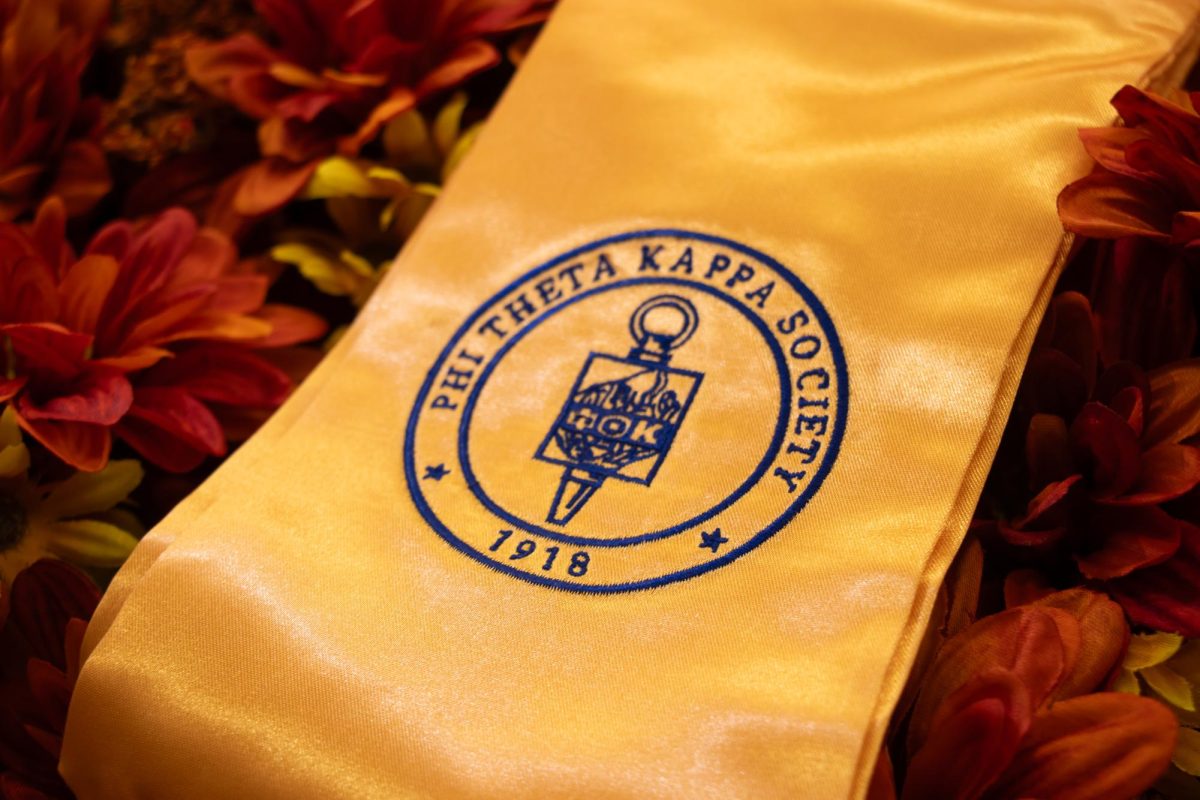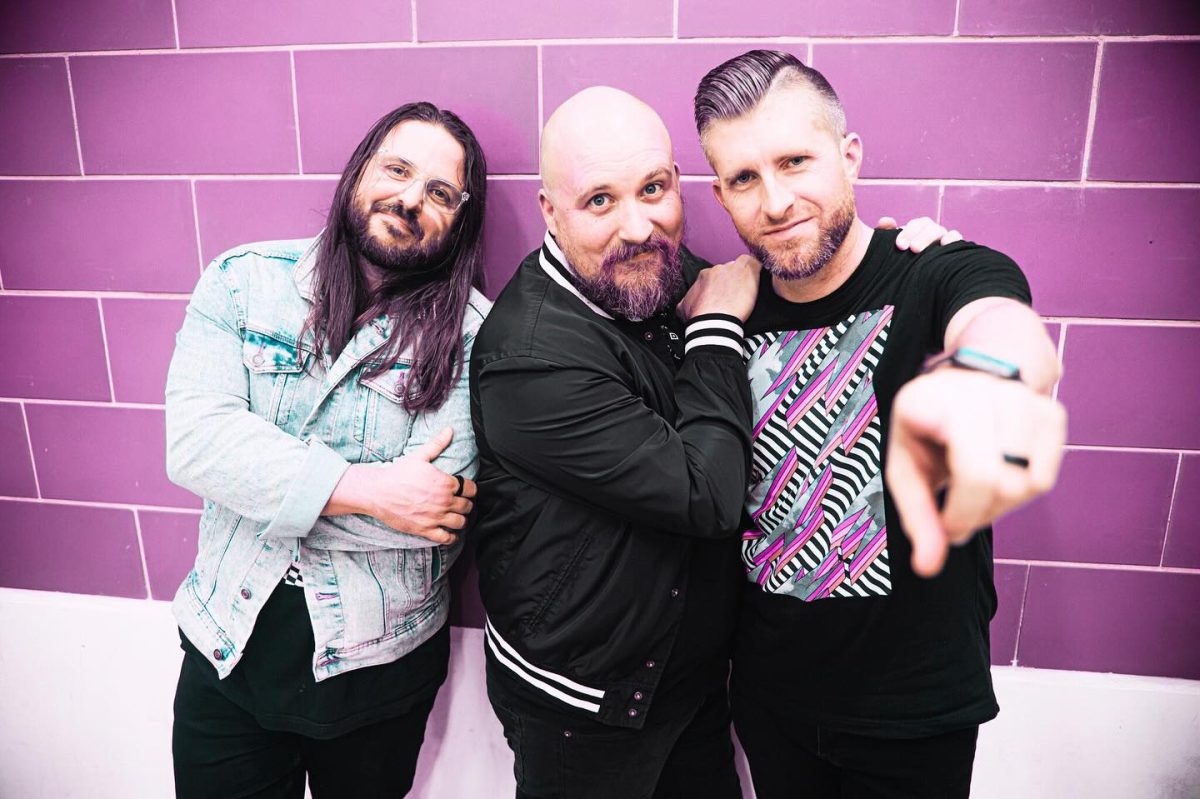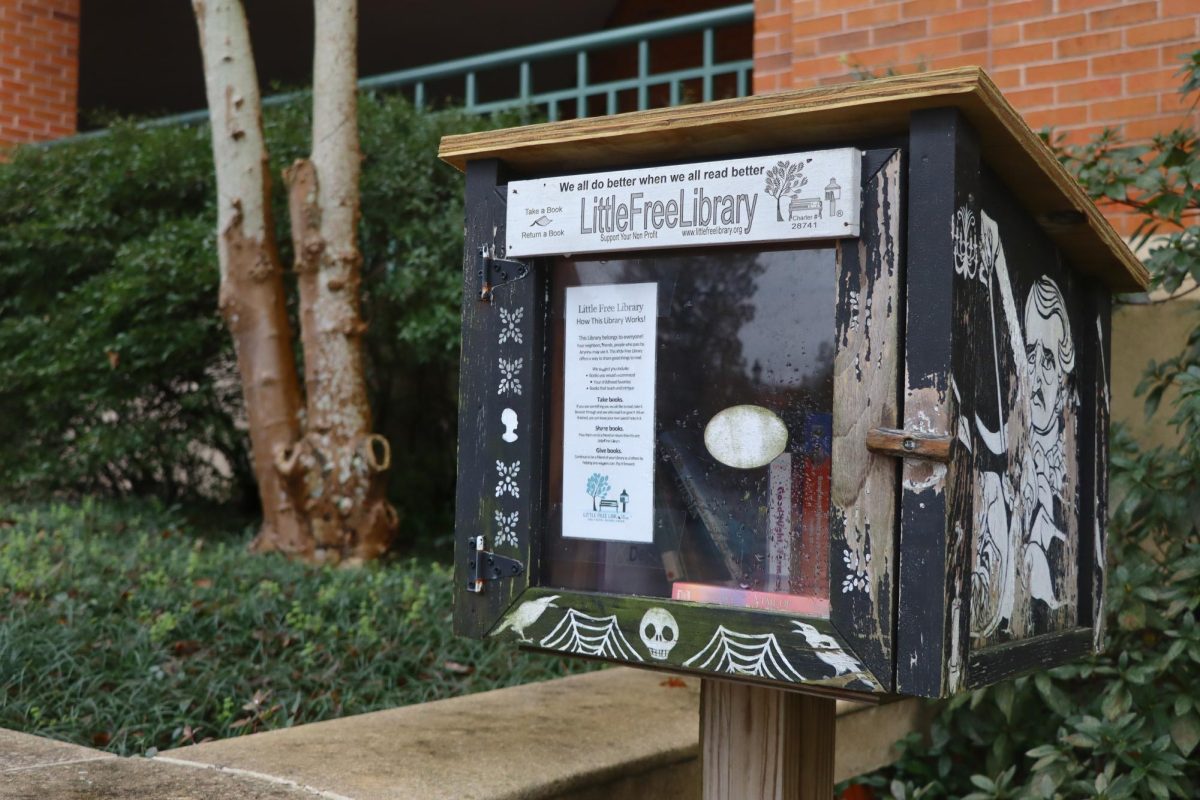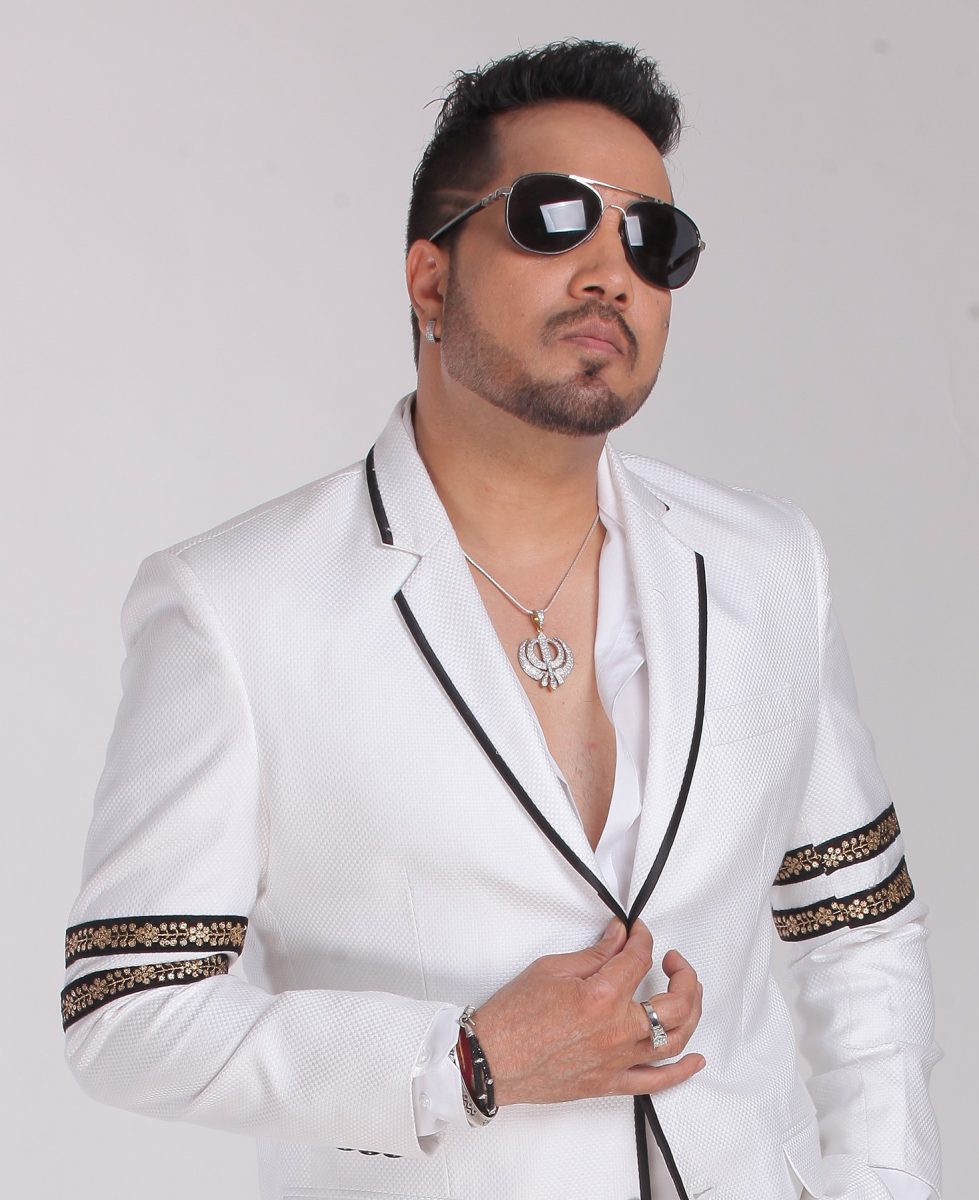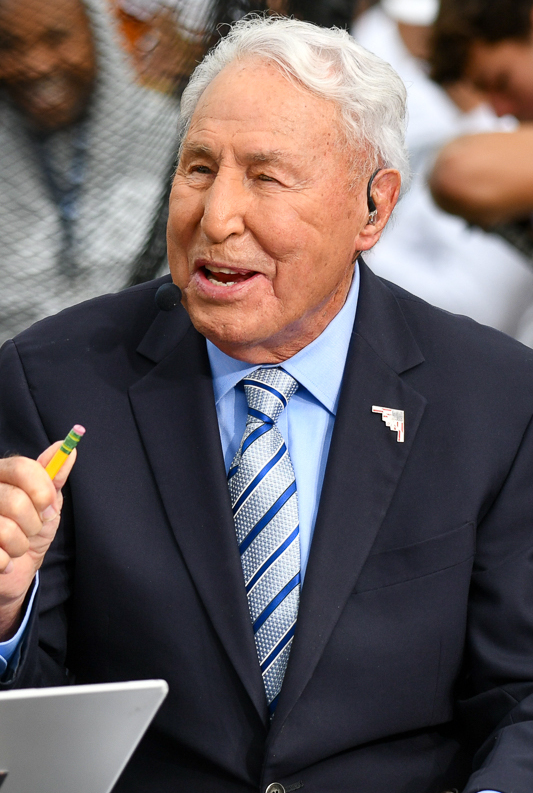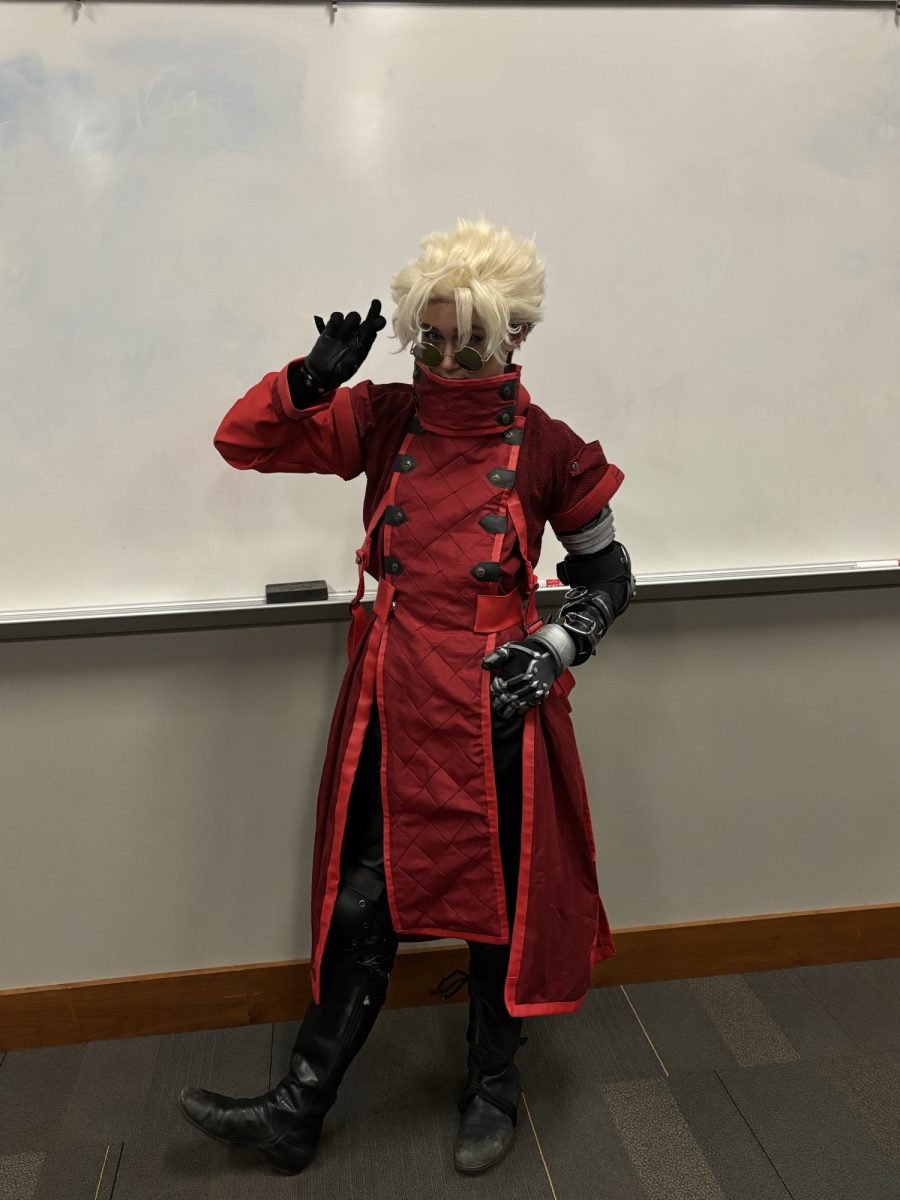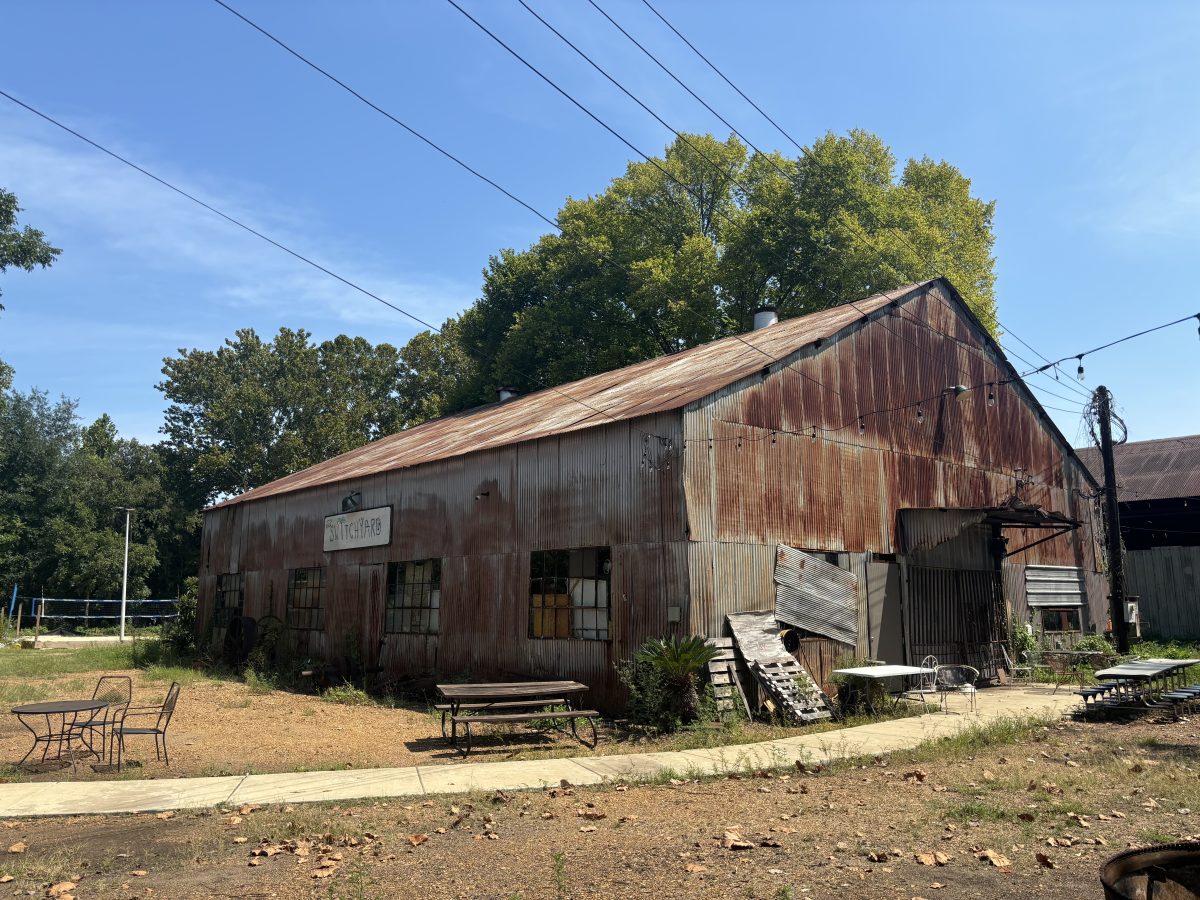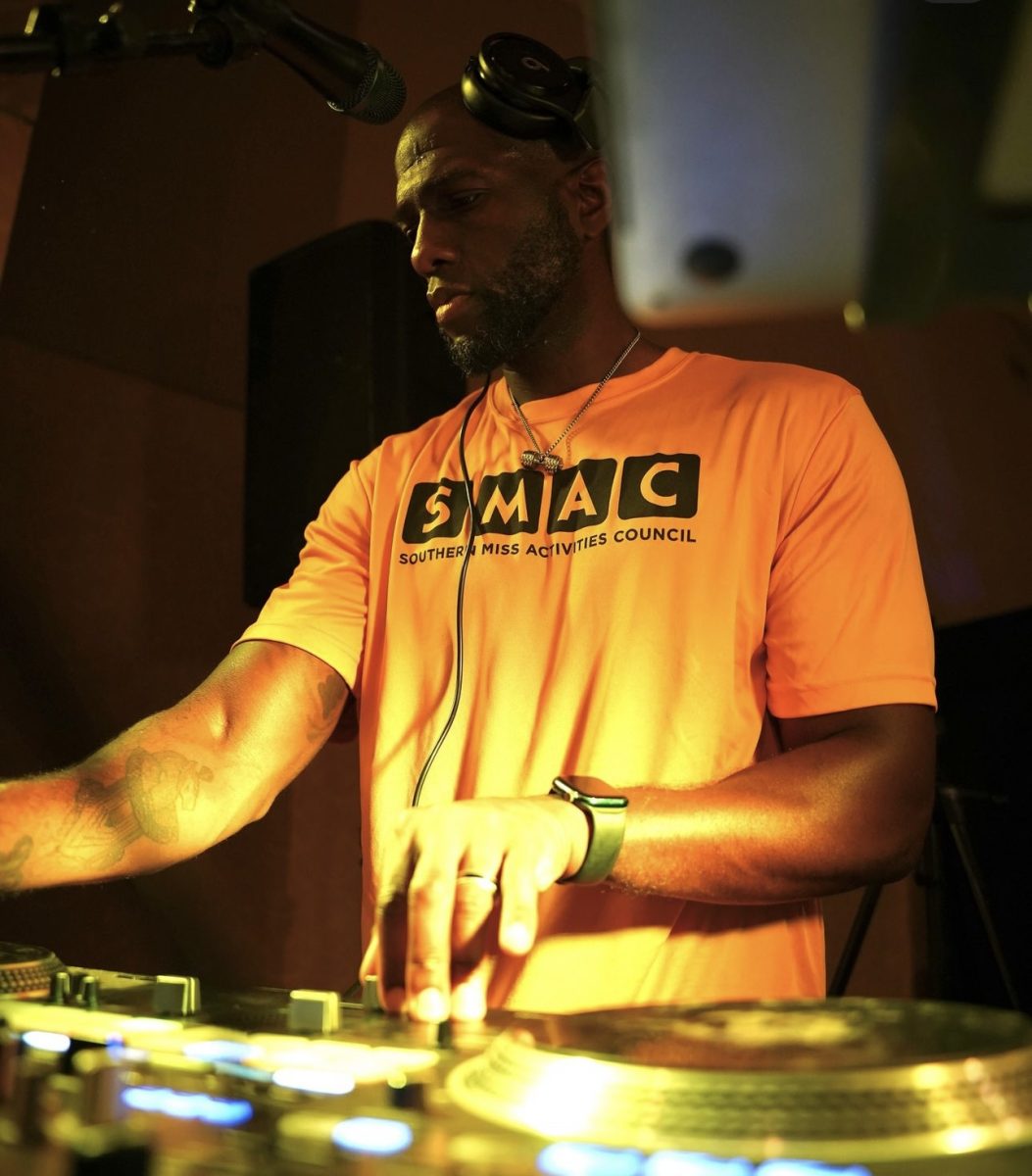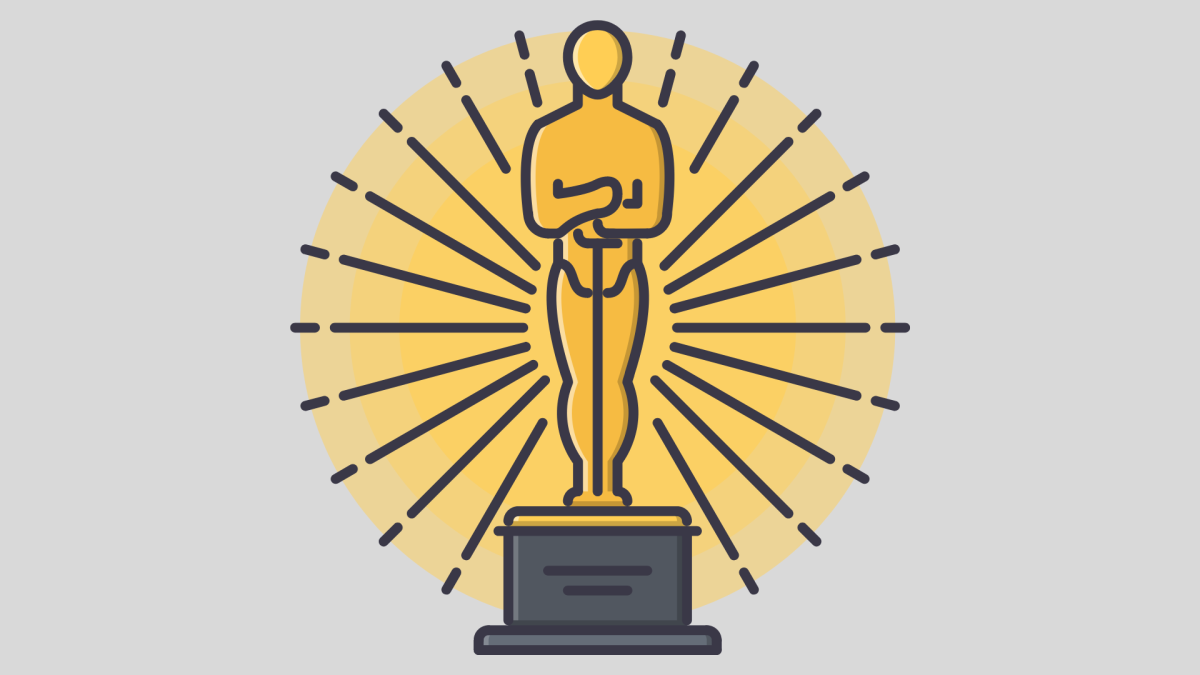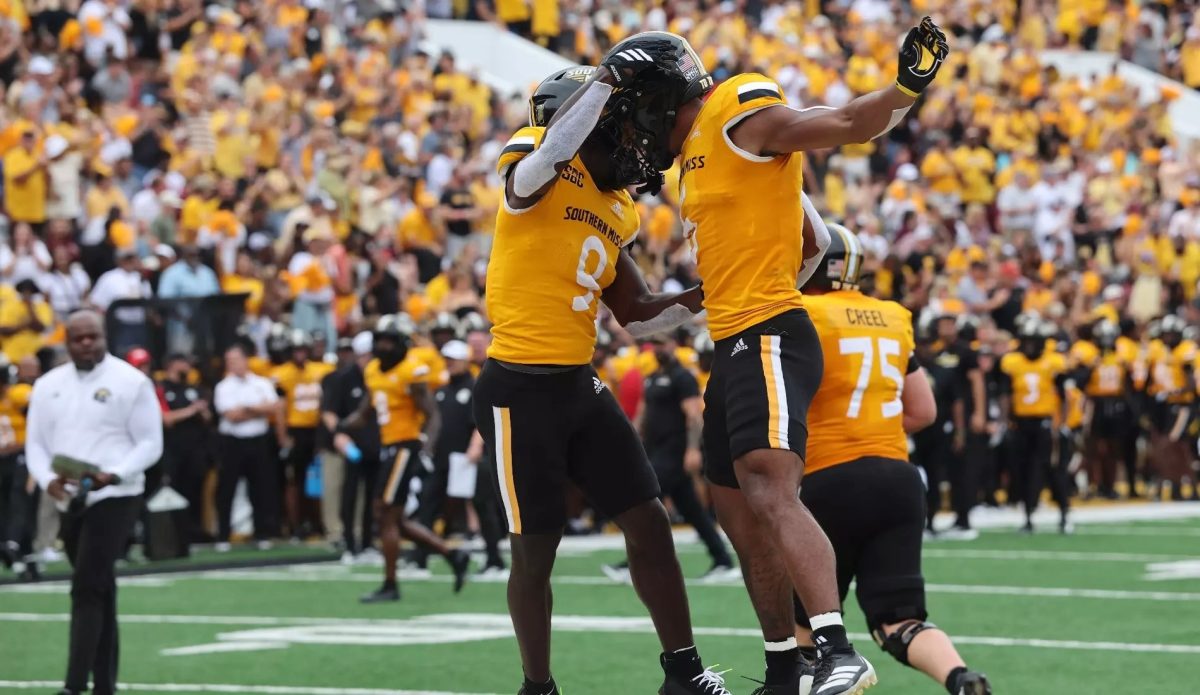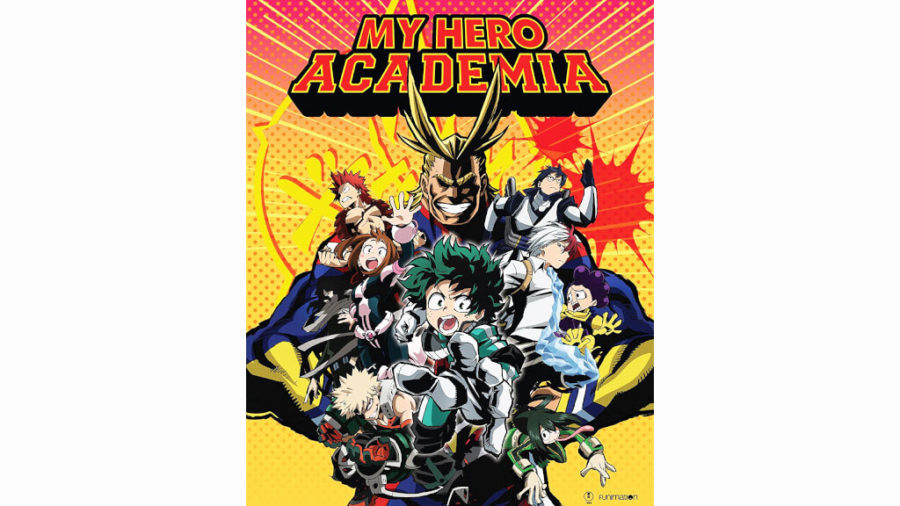The manga and anime series that took the world by storm is premiering its third season Saturday, April 7. Fans of the series have been clamoring for the upcoming story arc for years, but how did this Japanese superhero series begin rivaling traditional Western comics? Creating iconic heroes with complex stories and intriguing powers while also taking full advantage of his Western influences, the author struck a chord with his audience.
Garnishing millions of readers and viewers in Japan upon its initial release in 2014, “My Hero Academia” quickly became a stand-out series amongst American anime fans. The series is often praised for its dynamic, multi-layered cast of characters and the incredibly well-planned story arcs that Kohei Horikoshi manages to escalate with the introduction of new, terrifying villains. With a highly anticipated video game announced, the third season airing Saturday, a spin-off series currently in print and a movie coming to both Japan and America, the excitement for the series shows no sign of slowing down.
Viagra is a prescription drugs that has to be appointed by a healthcare provider and only in presence of a confirmed sexual dysfunction. Viagra 100mg contains sildenafil, a substance that has potent vasoactive properties, which means that it can affect blood pressure, and most of the drug’s contraindications and incompatibilities stem from this characteristic of the pill.
Over the counter Viagra is sold at our online pharmacy. Generic Viagra is a drug from the class of PDE5 (phosphodiesterase type 5) inhibitors that are used to eliminate the symptoms of erectile dysfunction. Sildenafil formula was the first in its class, followed by four other molecules available today, but despite the tough competition, Viagra from Canadian pharmacy firmly holds its position as a safe and reliable erectile enhancement.
“My Hero Academia” takes place in a world where most of the population has developed superpowers called “quirks.” Fully embracing these powers, heroes became the norm, protecting civilians from those who attempt to utilize their quirks for evil. The series’ main character Izuku “Deku” Midoriya is born without a quirk, but he still wishes to become the world’s greatest hero.
It is no coincidence that this plot heavily resembles Marvel’s “X-Men” comics considering the series’ author drew heavy inspiration from traditional comics. Rather than spewing a slightly altered version of the popular comic, Horikoshi managed to create a special manga that many hold at higher regards than the stories created by DC and Marvel. The anime based on the manga went mainstream when The New York Times included it in a list of the best TV shows of 2016.
“In the self-aware category of Japanese anime, this shrewdly written and dynamically drawn series posits a world in which 80 percent of humanity has developed some sort of special powers (not all of them super, and not all used for good),” James Poniewozik said in The New York Times article. “But it focuses on a fanboy who obsessively follows the new costumed heroes while having no abilities of his own — a perfect stand-in for the anime and manga audience.”
Despite its Western influences, “My Hero Academia” takes place in its country of origin, Japan, which is an important factor to consider when discussing how Horikoshi successfully combined typical tropes found in comics with traditional manga characteristics.
Rather than presenting indestructible characters that provide a surface-level impact on the overall plot, the characters in “My Hero Academia” come with complex ideals that are constantly being tested by the world around them. Fan-favorite Katsuke Bakugo walks a thin line between hero and villain, and one story arc even focused on his possible alignment with the amassing villain population. Bakugo’s story is just one small example of the themes of justice and true selflessness constantly being questioned, and in typical manga fashion, there is no reset button to magically fix a crumbling universe.
“‘My Hero Academia’ does a lot to lure American readers in, but what makes it astounding is how much it remains true to its Eastern influences as well,” Alex Tisdale said in an article on Nerdist. “The story takes place in Japan and the shonen ideas of perseverance, a strong will, a sense of justice, and a pure heart are ever present in each chapter. Every page is full of dynamic expressions and epic effects that are the backbone of the Japanese illustration style.”
The most obvious of reasons for the series’ overwhelming success in America is the fact that “My Hero Academia” is incredibly easy to pick up and start reading, especially for those who are casual superhero fans. The first thing new readers will notice is Horikoshi’s excellent world building, something that Western comics have severely lacked from years of diluted, predictable comic history. Instead, Horikoshi explains his world while also jumping right into the flashy action, allowing the world around the characters to unfold with each new story arc. It does not take long for the intricate politics of this pseudo-Japan to begin affecting Deku and his classmates, barring their movements and power usage much like in “X-Men.”
In its short and eventful four-year run, “My Hero Academia” has achieved the amount of success that most manga artists can only dream of. The series’ video game “One’s Justice,” its upcoming movie “The Two Heroes” and its spin-off manga “Vigilantes,” are just a few products of its massive success. The anime’s third season looks to be a yet another wonderful triumph for this super series.




